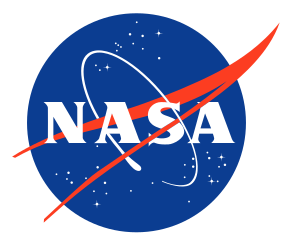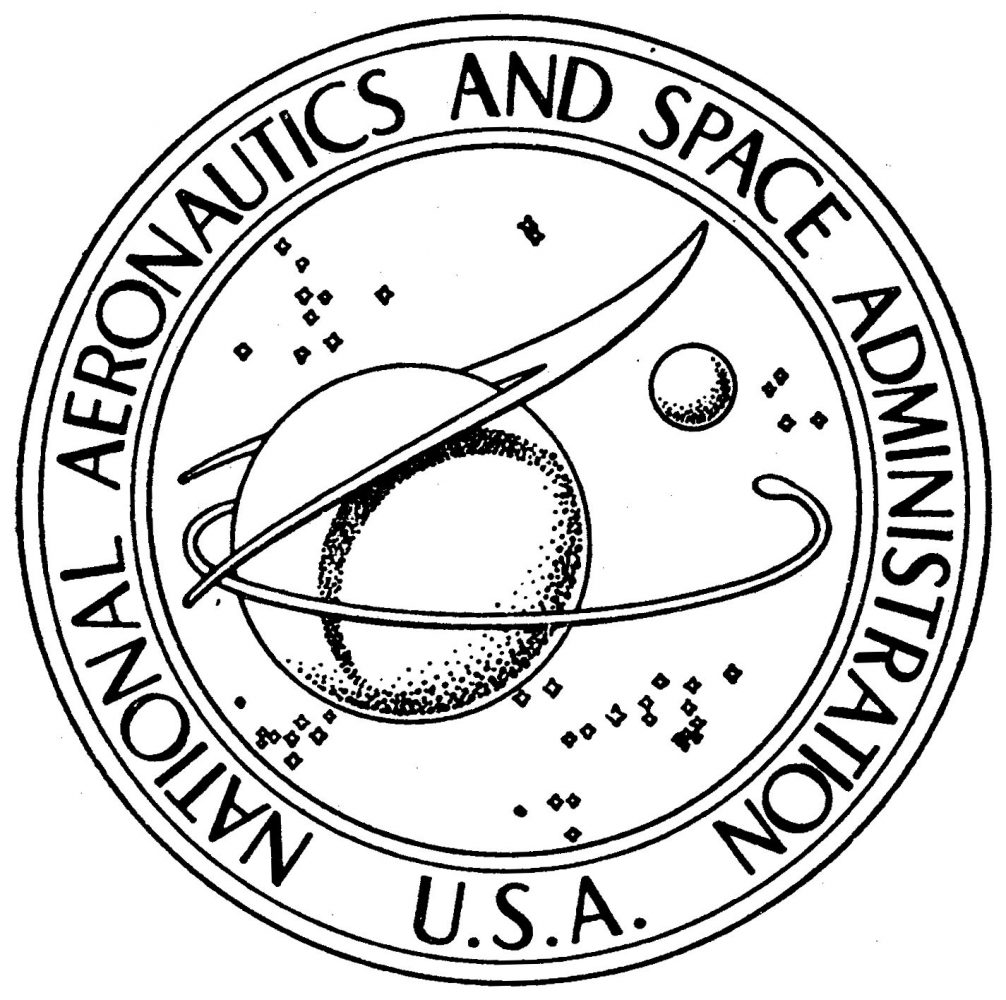
On October 4th, 1957, the Soviets successfully launched Sputnik 1. This was the event that triggered the creation of the National Aeronautics and Space Administration in 1958. Dwight D. Eisenhower, President of the United States, the government saw the soviet triumph as a threat to national security. This was the beginning of the Space Race. At the time pouring billions of dollars into NASA not because it would create jobs, open new industries, and create mind blowing advanced technology that millions of people use on a daily basis. Rather it was an attempt to satisfy nationalists. This was during the cold war when tensions began to rise between Russia and the U.S. and both sides were spewing propaganda to gain their citizens’ support. The U.S. used their own propaganda to gain support in order to fund the Space program and beat the Russians at their own game. Many people now argue that funding the space program is irrational and irresponsible given the current status of our planet’s wellbeing. They claim that our main goal should be to deal with problems here on Earth before we look for another planet to destroy. They believe we should deal with pollution, hunger, disease, and poverty rather than spend billions on a hopeless cause. They couldn’t be any farther from the truth.
It was becoming clear to the U.S. that Russia’s progress in space was not only a threat but it was almost a challenge. Russia was showing us that they were smarter, better, and more advanced. To the United States, the United States is the best country there ever was and ever will be. So of course, to satisfy national pride, we had to make our move. This is where the Mercury Program came in. Starting in 1959 the goal of the Mercury Program was to put a man into orbit around the Earth, preferably before the Russians. Ironically, we failed. Yuri Gagarin was the first man in space, put into orbit on April 12th, 1961, by the Vostok 1 of the Soviet Space Program. However, this did not change the goal of our Space Program and between 1959 and 1963 NASA launched six crewed missions. Two years before the end of the Mercury Program, NASA’s new mission was to put a man on the moon. The Apollo Program boasts one of the most outstanding and significant accomplishments of mankind in history — successfully landing a man on the moon and returning him safely. This was a sure victory for the U.S.
What is less known is that NASA is also responsible for some of the greatest inventions in history as well as benefiting industries far and wide. Some of the industries that NASA has grown are Health and Medicine, Transportation, Public Safety, Computer Technology, and Industrial Productivity. This is all a result of the vast research NASA must conduct to make space flight easier and safer.
There are many spin-off technologies that originated for astronaut or NASA use. Light-Emitting Diodes (LED’s) were initially used to grow plants in space. Now we use LED’s on almost all technology from cell phones, computers, and even pain relief devices such as the WARP 10. This device is a high intensity LED unit that relieves minor pain from arthritis and promotes muscle relaxation. The Artificial Limb is also a product of NASA technology, first used in robotics experiments for lunar rovers and such. Now the shock-absorption and comfort materials are used in human and animal prostheses. Satellites are also a product of the space program that tremendously affect everyday life of people all over the world. Cell phones, GPS, Weather forecasting and observation, and television all use satellites to their advantage. We use them to gather data about weather patterns so that we may alert the public of potentially harmful storms or to gather data and photographs of galaxies or stars billions of light-years away. There is always the possibility of discovering intelligent life outside of the solar system.

In the infinite vacuum of space there are asteroids composed of abundant materials that would greatly benefit many different industries on Earth. Many of the asteroids in the Asteroid Belt between Mars and Jupiter are made up of Iron, Nickel, Magnesium, Gold, Platinum, and even water! Platinum can be used for autocatalysts in cars, jewelry, dentistry, silicones, electronic components, and various medical operations. Nickel is also a very widely used metal and its applications include money, rechargeable batteries, electric guitar strings, microphone capsules, and special alloys. All of these metals with their many different uses could be mined from asteroids and brought back to Earth for use in industry. Maintaining a space program would allow us to take advantage of the resources in outer space.
Space is still the final frontier. With overpopulation, war, disease, starvation, it is quite evident that our current situation is not of the highest quality. Space exploration and funding space programs offers opportunities of extra-terrestrial colonization. It gives us the ability to or the aspiration to live elsewhere in the Universe. Because millions of years from now our sun will run out of fuel and expand into a red giant, completely engulfing the Earth in a fiery cosmic oblivion. If we do not advance our knowledge of the cosmos the human race will fail to survive, and after all that is our species’ sole purpose.


